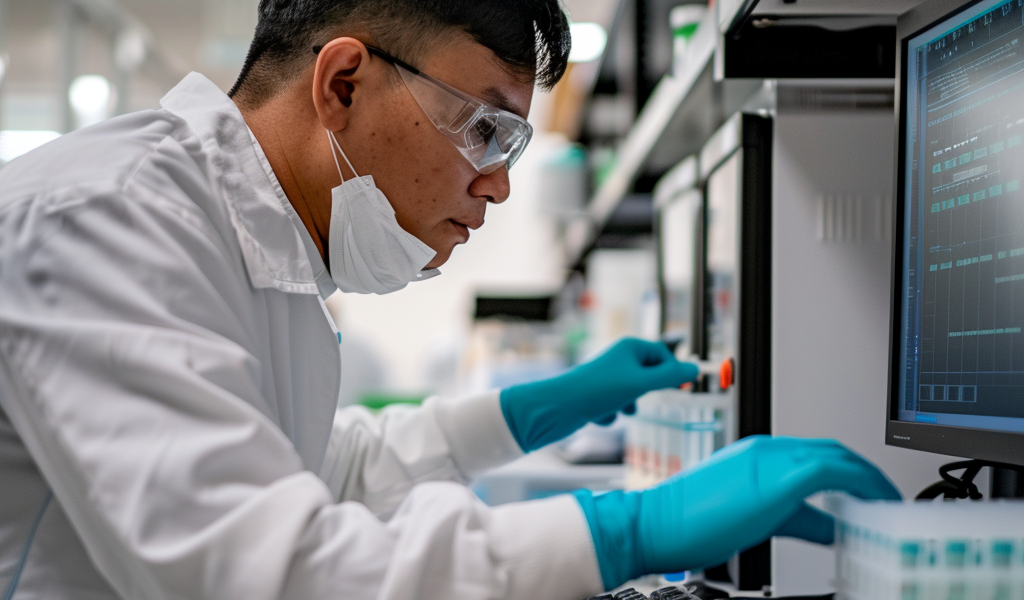The World Health Organization (WHO) has released the latest edition of the ‘WHO consolidated guidelines on tuberculosis: module 3: diagnosis: rapid diagnostics for tuberculosis detection, third edition.’ This new document includes updated recommendations on the use of targeted next-generation sequencing (NGS) tests for the diagnosis of drug-resistant tuberculosis (TB), replacing the previous edition issued in 2021.
The updated guidelines introduce a new class of diagnostic technologies, offering a novel approach for the rapid detection of drug resistance to new anti-TB drugs using the latest technologies. The document provides comprehensive background, justification, and recommendations on these and earlier endorsed TB diagnostic technologies.
In addition to the consolidated guidelines, the WHO has also released the ‘WHO operational handbook on tuberculosis: module 3: diagnosis – rapid diagnostics for tuberculosis detection, third edition.’ This accompanying handbook aims to support the implementation of the WHO recommendations by Member States, technical partners, and other stakeholders involved in managing patients with TB and DR-TB.
The release of these resources underscores the WHO’s commitment to addressing the global burden of tuberculosis and enhancing diagnostic capabilities. The Global Tuberculosis Programme (GTB) at WHO has played a pivotal role in developing and disseminating these crucial resources, which are set to guide healthcare professionals and policymakers in their efforts to combat TB and drug-resistant TB.
With 160 pages, the ‘WHO consolidated guidelines on tuberculosis: module 3: diagnosis: rapid diagnostics for tuberculosis detection, third edition’ and the accompanying operational handbook are valuable tools for healthcare professionals, researchers, and policymakers. The guidelines are designed to facilitate the adoption of advanced diagnostic technologies and best practices in TB management, ultimately contributing to improved patient outcomes and public health.





